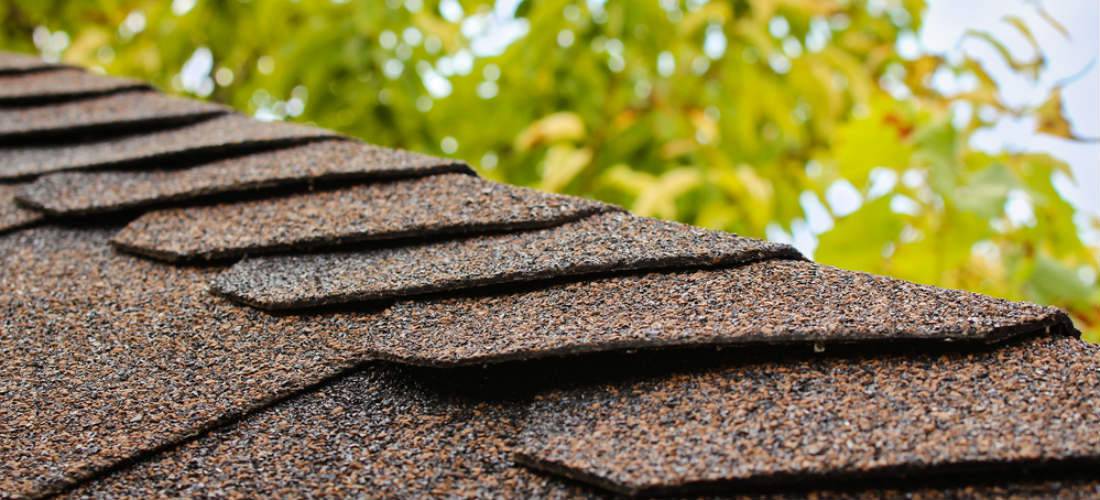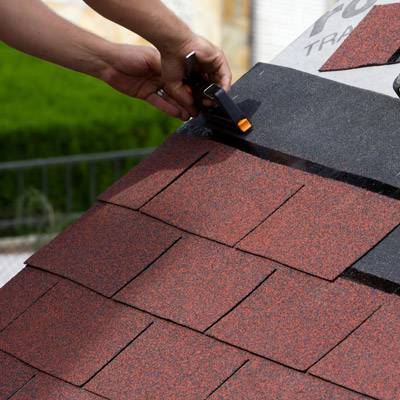A guide to installing asphalt shingles over the ridges of your roof
As a homeowner, you probably don't plan on directly participating in your roofing project and likely trust that your contractor will do a good job. Nonetheless, you may be wondering how the contractor will install asphalt shingles over ridges on your roof. It is a pretty straightforward process to install residential roofing, and a trained contractor will pull it off with ease.

Shingling any roof typically requires that the roofer start at the bottom, on the roof's eaves. As rows of shingles are installed, the roofer and his crew will move up the roof. Shingling the ridge is typically the very last step. It is an important one, however, and it is necessary for the roof's durability. Proper installation of asphalt shingles on the roof can create a wind-resistant and rain-proof top.
Installing asphalt shingles over ridges
There are no special tools or equipment needed for shingling the ridge. Your roofer will use the same tools and the same skills that are used on the rest of the roof when he gets to the ridge. The steps for shingling the ridge include shingling both sides of the roof up to the ridge. One shingle should be layered over each side of the roof at the ridge. The roofer will measure the ridge cap shingle width and then divide that measurement in half.
 From there, the roofer will measure the distance from the peak on the side of the roof. A chalk line will be snapped from point to point to get a straight line for aligning the shingles that go on the ridge caps. Next, the ridge cap shingles are positioned onto the ridge on the end of one roof. The edge is aligned with the chalk line and then nailed into position using appropriately sized shingle staples or nails along the shingle's midpoint on each side of the roof's ridge. The ridge cap shingle is then placed into position.
From there, the roofer will measure the distance from the peak on the side of the roof. A chalk line will be snapped from point to point to get a straight line for aligning the shingles that go on the ridge caps. Next, the ridge cap shingles are positioned onto the ridge on the end of one roof. The edge is aligned with the chalk line and then nailed into position using appropriately sized shingle staples or nails along the shingle's midpoint on each side of the roof's ridge. The ridge cap shingle is then placed into position.
The second shingle should be in alignment with the chalk line and should cover the staples or nails from the preceding shingles. The roofer will then keep adding shingles along the ridge of the roof until the entire ridge has been shingled. Roofing tar should be applied to the bottom of the final shingle in order to hold it into position without using nails, since the nails would show through and be unattractive.
You can purchase special shingles just for the ridge cap, or you can cut them from 3-tab shingles. To do this, you would cut the 3-tab shingle at each of its slots, which will create three segments of equal length. Because asphalt shingle prices are affordable for most homeowners, this is sometimes a better option than buying a special ridge cap shingle, especially if you are already using 3-tab shingles anyway.
Keep in mind that most shingle manufacturers only offer a roofing warranty on shingles that are properly installed by a licensed contractor. Although chances are good that you are going to use a contractor for your roofing project, it can be fun to know what all that noise is on your rooftop when your roofer is working to install asphalt shingles over ridges on your roof. If you don't have a contractor yet, QualitySmith can help you find reputable roofers in your area who will discuss roofing cost considerations with you and give you a roofing estimate.













Write a Comment